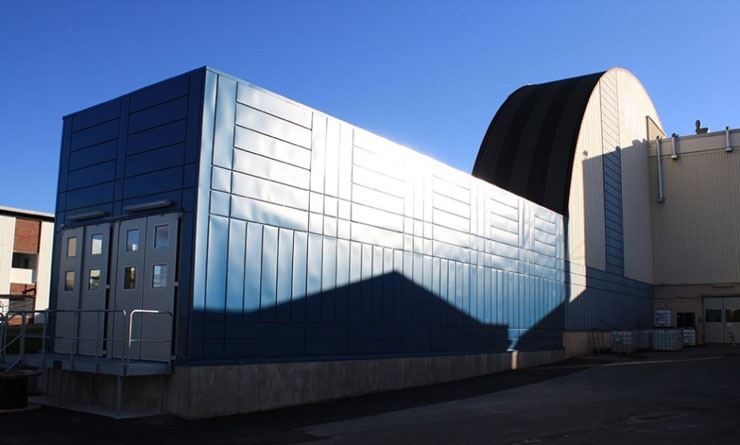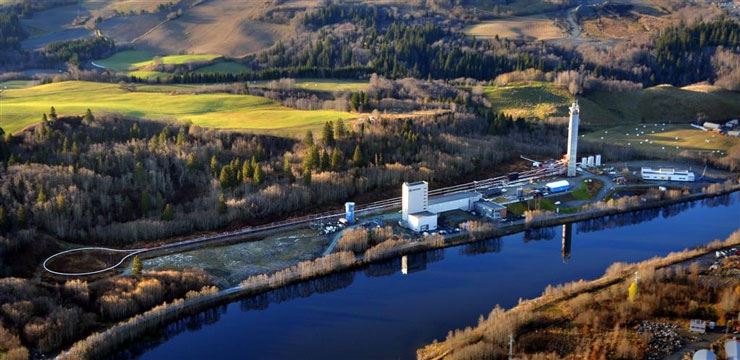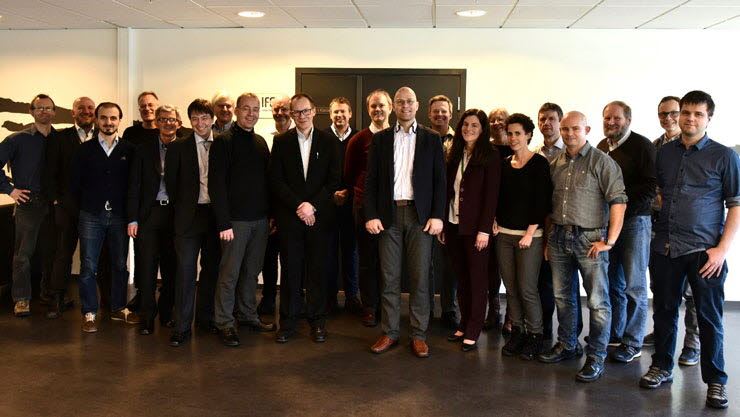In 2012, the newspaper Aftenposten acknowledged 'Multiphase Technology' as the most important invention in Norway since 1980. This industrial success story has had enormous impact on value creation over the past three decades in Norway and worldwide. IFE and SINTEF has collaborated steadily within this area of research since the first multiphase flow simulator was developed by IFE in the 1980's. 'We are meeting industry needs in an efficient manner and consolidate the collaboration between SINTEF and IFE within this area of research', says Research Directors Jon Harald Kaspersen at SINTEF and Kristian Sveen at IFE.


Kick-Off for the MultiFlow project was arranged January 28th at IFE Kjeller. The companies sponsoring the project are Statoil Petroleum, Lundin Norway, Eni Norge, Gassco, Schlumberger Information Solutions, Forsys Subsea and LedaFlow. Project Manager Christian Brekken explains that MultiFlow will produce more detailed data from these laboratories than ever before, especially at Kjeller where we have installed the most advanced instruments. This is necessary to keep pace with the rapid development of models in the multiphase flow simulators. For the first time we will also produce three-phase data from the large scale flow loop at Tiller (gas, oil and water). Together, this enables unique studies of how multiphase flow phenomena scale with pipe diameter. The project establishment clearly shows that these laboratories retains their world-leading position.
Since the development of the first multiphase flow simulators in the 1980's the time spent from data collection to available commercial simulator code has often been up to 10 years. For the first time, major operators and the world-leading simulator vendors are joining in one common project for fast translation of new detailed data to improved simulators in a more cost-efficient manner. 'Accuracy in simulations is a key factor throughout the industrial value chain – from concept to operations. The fact that we have succeeded in establishing such a powerful consortium is very gratifying', says Brekken.

